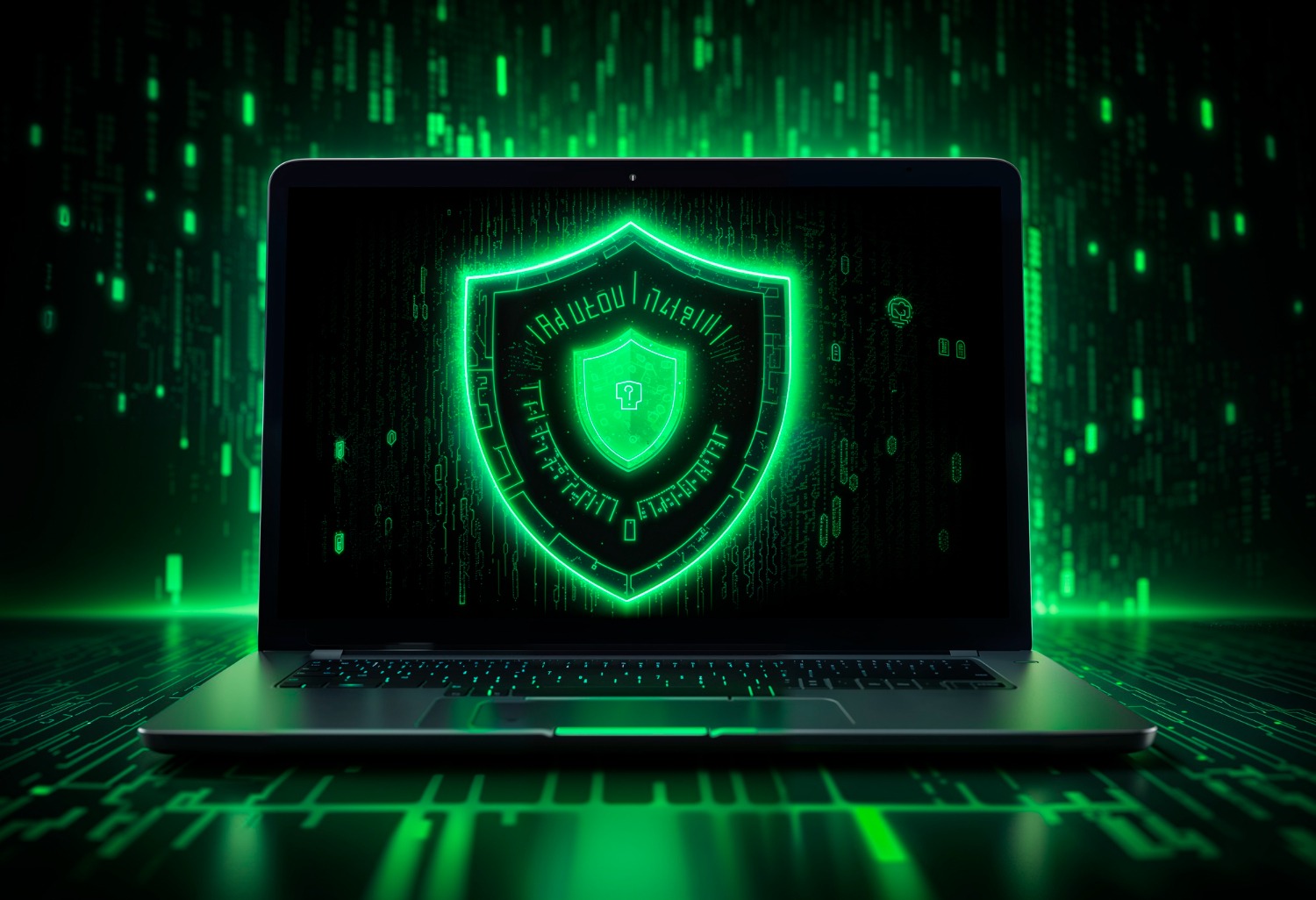Zero Trust Security: What Enterprises Are Doing Wrong
The traditional security model of “trust but verify” is outdated. Cyber threats are evolving, and enterprises need to rethink their approach. Zero Trust Security is the answer, built on the principle of “never trust, always verify.” However, despite widespread adoption, many organizations are making critical mistakes in implementing Zero Trust.
From misconfigurations to poor user training, these errors can leave enterprises vulnerable. This article explores what companies are doing wrong and how they can fix it.
What Is Zero Trust Security?
Zero Trust Security is a cybersecurity framework that assumes no entity—inside or outside the network—is automatically trusted. Instead, access is continuously verified based on multiple factors, including identity, device security, and behaviour.
The core principles of Zero Trust include:
- Verify Identity: Use strong authentication methods to verify users.
- Least Privilege Access: Grant users only the access they need.
- Micro-Segmentation: Break networks into smaller segments to limit attack surfaces.
- Continuous Monitoring: Analyze user behaviour and network activity in real time.
Despite these clear guidelines, many enterprises fail to implement Zero Trust effectively. Let’s explore the common mistakes.
1. Assuming Perimeter Security Is Enough
Many companies still rely on firewalls and VPNs as their main security measures. While these tools are valuable, they are not enough.
Why This Is a Mistake
Attackers today don’t just break in from the outside. They can enter through phishing attacks, stolen credentials, or insider threats. If an attacker bypasses the firewall, they often have free rein inside the network.
Solution
Instead of trusting anyone inside the network by default, enterprises must enforce identity verification and least privilege access across all users and devices.
2. Poor Implementation of Multi-Factor Authentication (MFA)
Multi-factor authentication (MFA) is a crucial part of Zero Trust. However, many companies implement it improperly.
Common MFA Mistakes
- Using only SMS-based authentication: SMS is vulnerable to SIM-swapping attacks.
- Not enforcing MFA for all users: Some employees or third-party vendors still have weak authentication.
- Lack of adaptive MFA: Not all access requests are equal. Enterprises should use risk-based authentication.
Solution
Use strong authentication methods like hardware tokens or biometric authentication. Adaptive MFA should analyze factors like device type, location, and behaviour before granting access.
3. Ignoring Endpoint Security
Zero Trust is not just about users—it’s also about devices. Every laptop, phone, or server is a potential entry point for attackers.
Why This Is a Problem
If an attacker gains control of an endpoint (like an employee’s compromised laptop), they can move laterally across the network without detection.
Solution
- Implement endpoint detection and response (EDR) solutions.
- Ensure all devices are patched and up-to-date.
- Use device trust policies to limit access to unverified or risky devices.
4. Overlooking Insider Threats
Not all threats come from outside. Employees, contractors, and partners can unintentionally or maliciously compromise security.
Common Insider Threat Issues
- Lack of user behaviour analytics (UBA): Enterprises fail to detect unusual activities from insiders.
- Excessive access permissions: Employees have more access than they need, increasing the risk of data leaks.
- No Zero Trust training: Employees do not understand why security policies exist.
Solution
- Monitor user activity for unusual behaviours, such as large data transfers or logins from unrecognized locations.
- Apply strict access control policies (least privilege access).
- Train employees on security best practices and the importance of Zero Trust.
5. Not Using Micro-Segmentation
Micro-segmentation divides networks into smaller segments, limiting an attacker’s ability to move laterally. Many enterprises skip this step due to complexity.
Why This Is Dangerous
Without segmentation, an attacker who gains access to one part of the network can easily move to critical systems, databases, or confidential information.
Solution
- Segment networks based on user roles, data sensitivity, and business needs.
- Use software-defined perimeters (SDP) to dynamically create secure zones for specific users and devices.
6. Lack of Real-Time Monitoring and Response
Many enterprises take a reactive approach to security, responding only after an attack happens. But Zero Trust requires continuous monitoring.
What’s Missing?
- Lack of AI-driven security analytics: Many companies still rely on manual log reviews, which are too slow.
- Delayed response to security incidents: Without real-time threat detection, breaches go unnoticed.
Solution
- Use Security Information and Event Management (SIEM) solutions with AI-powered threat detection.
- Set up automated incident response to contain threats before they escalate.
- Conduct regular threat-hunting exercises to proactively search for hidden threats.
7. Forgetting About Third-Party Security Risks
Vendors, partners, and contractors often have access to company systems. Many enterprises do not apply Zero Trust principles to these external users.
Why This Is a Risk
A breach in a third-party vendor’s system can become a backdoor into your enterprise.
Solution
- Limit third-party access with strict access controls.
- Continuously monitor vendor activity and require them to follow security best practices.
- Use Zero Trust Network Access (ZTNA) to enforce policies for external users.

8. Thinking Zero Trust Is a One-Time Project
Zero Trust is not a set-it-and-forget-it solution. Many enterprises treat it as a one-time implementation rather than an ongoing strategy.
Why This Approach Fails
- Cyber threats evolve, and security policies must adapt.
- Business needs change, requiring continuous security assessments.
Solution
- Regularly update Zero Trust policies based on new threats and technologies.
- Continuously educate employees and IT teams on security improvements.
- Conduct frequent security audits to identify gaps.
Conclusion
Zero Trust Security is essential in today’s cyber landscape, but many enterprises fail in execution. Over-reliance on perimeter security, weak MFA, unprotected endpoints, and ignoring insider threats are just some of the common mistakes.
To truly embrace Zero Trust, companies must adopt a holistic, adaptive, and continuous approach to security. By focusing on identity verification, strict access controls, real-time monitoring, and micro-segmentation, organizations can significantly reduce their attack surface.
Cyber threats will continue to evolve, but with a properly implemented Zero Trust framework, enterprises can stay ahead of attackers and protect their most valuable assets.




